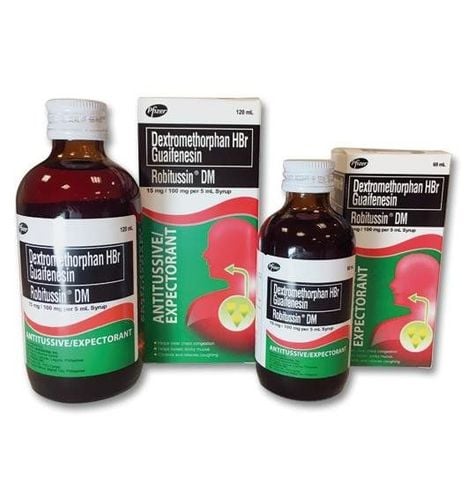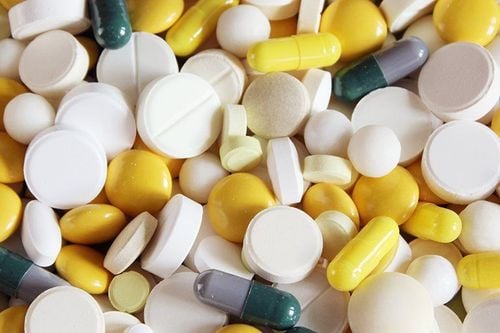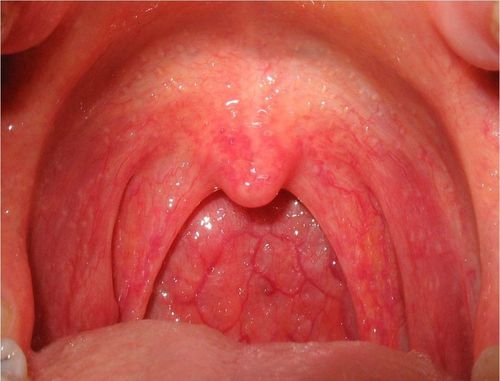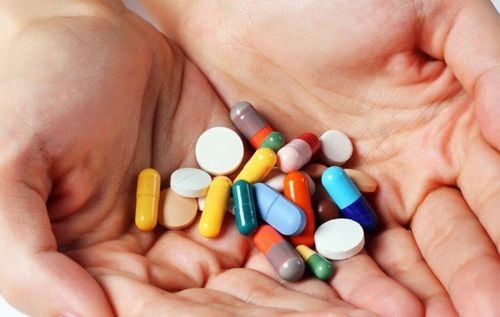This is an automatically translated article.
Article written by Doctor Ho Thi Anh Thu - Department of Pediatrics - Neonatology - Vinmec Nha Trang International General Hospital
Sore throat in children is a common problem in childhood, often caused by bacterial or viral infections. Although a sore throat usually goes away on its own and has no complications. Sometimes treatment with antibiotics is needed. There are a few rare conditions that cause a sore throat, but the illness is serious or even life-threatening.
1. Causes of sore throat in children
The cause of a sore throat in children depends on the age, season and area where the child lives. Viruses are the leading cause of sore throat, bacteria are also one of the most common causes. Bacteria and viruses are spread from person to person by hand contact. Hands become contaminated when an infected person touches their nose or mouth and then touches another person directly (hand-to-hand contact) or indirectly (touches objects, such as doorknobs, phones, toy).
It is difficult to determine the cause of a sore throat based on symptoms alone; In most cases, a doctor should be seen and tested if necessary to find the cause.
Virus
There are many viruses that can cause sore and swollen throat. The most common include viruses that cause upper respiratory infections, such as colds. Other viruses that cause sore throats include influenza, enteroviruses, adenoviruses, and Epstein-Barr virus (the cause of mononucleosis). Possible symptoms of a viral infection include a runny and stuffy nose, eye irritation or redness, cough, hoarseness, pain in the roof of the mouth, skin rash, or diarrhea. In addition, children with viral infections may develop a fever. Group A
Group A streptococcus (GAS) is the name for the bacteria that causes strep throat. Although other bacteria can cause a sore throat, group A strep is still the most common cause. Sore throats are common in winter and early spring, and are most common in school-age children and their siblings. Strep throat is common in children over the age of three. Symptoms often come on suddenly and include fever (temperature ≥100.4°F or 38°C), headache, abdominal pain, nausea, and vomiting. Other symptoms may include swollen lymph nodes in the neck, white patches of pus on the back or sides of the throat, small red spots on the roof of the mouth, and swelling of the uvula.
2. Diagnosis of sore throat in children
Most sore throats are caused by a virus and do not require treatment. However, it is important to recognize and treat children with sore throats to stop the spread of the disease and prevent serious complications that can result from group A strep (eg, rheumatic fever).Parents find it difficult to know if their child's sore throat is caused by bacteria or viruses. Parents should contact healthcare professionals to determine if their child needs to be seen, especially if one or more of the following signs are present:
Temperature ≥101°F or 38.3°C End of season fall, winter, or early spring Child doesn't have a cough Age between 5 and 15 years old Recent contact with someone with strep throat Difficulty breathing or swallowing The child's voice sounds muffled Hard Neck or difficulty opening the mouth Parents with questions or concerns about their child's symptoms
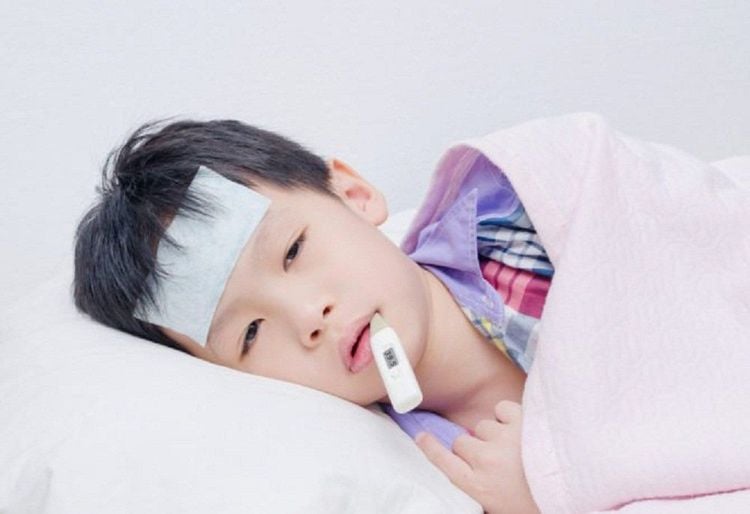
Clinical (laboratory)
If the doctor suspects that the child may have strep throat, testing may be needed to confirm the diagnosis. If a child does not have signs or symptoms of strep throat, testing is usually not needed.
There are two main types of tests available to diagnose pharyngitis: the rapid throat swab test and the bacterial culture test. Both tests require swabbing the child's throat.
Rapid tests have quick results, usually within minutes. Culture results are not available for 24 to 48 hours. The best test depends on the condition of the individual child and the time it takes for the results to return.
If the rapid test or culture is positive for strep, the child will be treated with antibiotics. For most rapid tests that are negative, a throat culture is required to confirm the absence of streptococcus.
3. Treatment of sore throat in children
Treatment of sore throat depends on the cause. Strep throat requires antibiotic treatment, while viral pharyngitis is treated with rest, pain relievers, and other measures to relieve symptoms.
Streptococcal pharyngitis
Pharyngitis is usually treated with an antibiotic, such as penicillin, or an antibiotic similar to penicillin (eg, amoxicillin). Children who are allergic to penicillin will be given antibiotics instead. Antibiotics are usually taken in pill or liquid form, two or three times per day. Children who are treated with antibiotics before 5:00 p.m. are unlikely to be contagious the next morning. The doctor may allow the child to go to school the next day if the child feels better and no longer has a fever. However, it is important for the child to finish the entire course of treatment (usually 10 days). If the child does not improve or worsens within three days, the child should be re-examined. A sore throat can be treated with over-the-counter pain relievers, if needed. In addition, parents should monitor their child's dehydration, which can get worse if the child refuses to drink or eat due to a sore throat. Viral sore throat
Sore throat caused by a viral infection usually lasts 4 to 5 days. During this time, pain-relieving treatments may help but will not help clear the virus. Antibiotics do not help with sore throats caused by viruses and are not recommended. A child who has the virus is usually allowed to return to school when there is no fever for 24 hours and the child feels well enough to go to school. Pain relievers
Sore throats can be treated with mild pain relievers such as acetaminophen (brand name: Tylenol) or nonsteroidal anti-inflammatory drugs such as ibuprofen (brand names: Advil, Motrin). Acetaminophen can be taken every 4 to 6 hours as needed but should not be taken more than 5 times in a 24-hour period. Acetaminophen should not be used on children under 3 months of age without first consulting a doctor. The dose of acetaminophen should be calculated based on the child's weight 10-15mg/kg/time (not based on age). Ibuprofen can be taken every six hours. Ibuprofen should not be used in children under 6 months of age. The dose of ibuprofen should be calculated based on the child's weight 5-10mg/kg/time (regardless of age). Aspirin is not recommended for children <18 years of age due to the risk of severe disease progression such as Reye's syndrome.
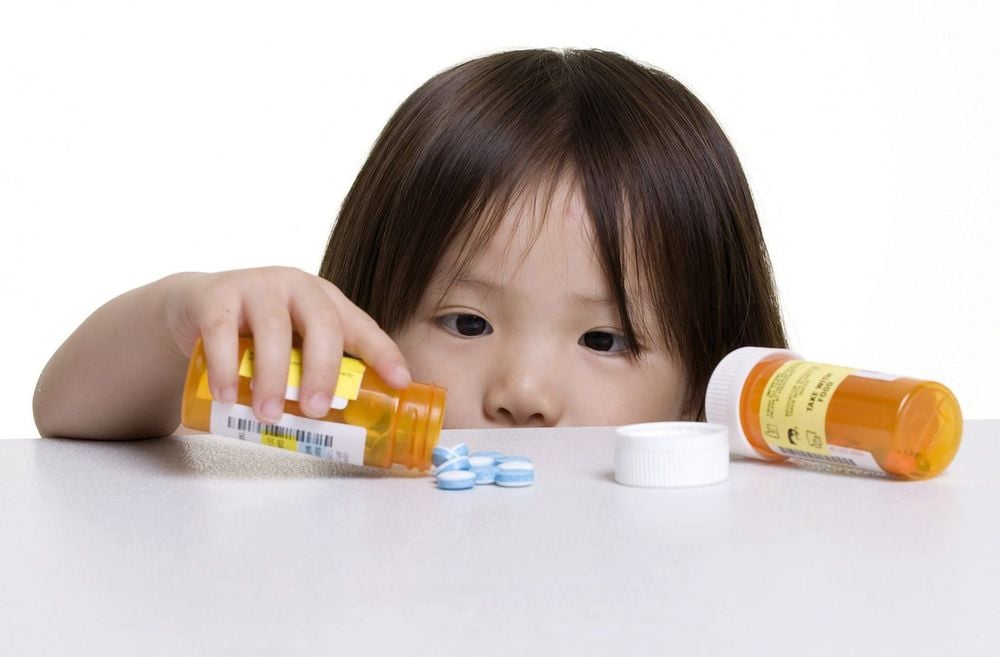
Some children with sore throats are afraid to drink or eat because of the pain. Drinking less fluids can lead to dehydration. To reduce the risk of dehydration, parents can give their children warm or cold drinks. Signs and symptoms of mild dehydration include a slightly dry mouth, increased thirst, and decreased urine output (less than 1 wet diaper or no urination in 6 hours). Signs of moderate or severe dehydration include decreased urine output (less than one wet diaper or no urination in 6 hours), crying without tears, dry mouth, and sunken eyes. Gargling Salt water gargle is an age-old remedy for sore throat relief. It's not clear if this treatment is effective, but it doesn't cause harm. You can mix 1/4 to 1/2 teaspoon of salt per cup (8 ounces [about 240 mL]) of warm water. Water should be rinsed out and then spit out (do not swallow). Children under the age of 6 often cannot rinse their mouths properly. Sprays Sprays contain a topical anesthetic that can treat sore throats. However, the spray was no more effective than sucking on hard candy. In addition, the common anesthetic ingredient, benzocaine, can cause allergic reactions. Throat sprays are not recommended for children.
Lozenges
Many throat lozenges relieve a dry or sore throat. However, throat lozenges are not recommended for children, especially children under 5 years of age, as they may choke or choke. Children over 5 years old when sucking on candy are less likely to choke.
Other interventions
Other interventions include sipping warm drinks (eg, honey or lemon tea, chicken soup), cold drinks, or eating cold or frozen desserts ( e.g. ice cream, popsicle). These treatments are safe for children. Honey should not be given to babies under 12 months because of the risk of botulism.
Other methods
Health food stores, vitamin stores, and websites may offer alternative treatments for sore throats. We do not recommend these treatments because of the risk of pesticide/herbicide contamination, incorrect labeling and dosage information, and the lack of studies showing that these treatments are safe. and efficient.
4. Prevention of sore throat in children
Hand washing is a necessary and highly effective way to prevent the spread of infection. Hands should be wet with water and plain soap and rubbed together for 15 to 30 seconds. Special attention should be paid to fingernails, between fingers and wrists. Hands should be washed thoroughly and dried with a towel.
Alcohol-based hand sanitizer is a good alternative to disinfecting hands if a hand sink is not available. Apply evenly to the entire surface of hands, fingers and wrists until dry and can be used many times. Can be used repeatedly without causing skin irritation or loss of effect. When there is a sink, children should wash their hands with soap and water.
Need to wash hands after coughing, blowing nose or sneezing. While it's not always possible for children to limit contact with someone who is sick, transmission can be prevented by avoiding touching their eyes, nose, or mouth.
Also, use a tissue to cover your mouth when sneezing or coughing. These used tissues should be thrown away immediately. Sneezing/coughing into your sleeve (in the inner elbow) is a way to block saliva and secretions and has the advantage of not contaminating the hands.
When to see a doctor
When your child has the following symptoms, seek medical attention immediately:
Difficulty swallowing or breathing Heavy drooling in young children Temperature ≥101°F or 38.3°C Swelling neck Inability or unwillingness to drink or eat Voices muffled Difficulty opening mouth Stiff neck
Please dial HOTLINE for more information or register for an appointment HERE. Download MyVinmec app to make appointments faster and to manage your bookings easily.






